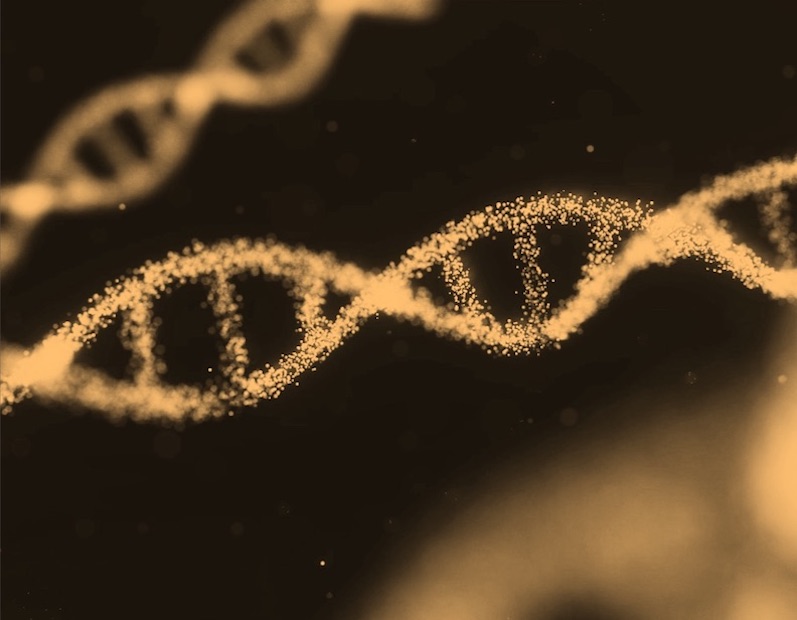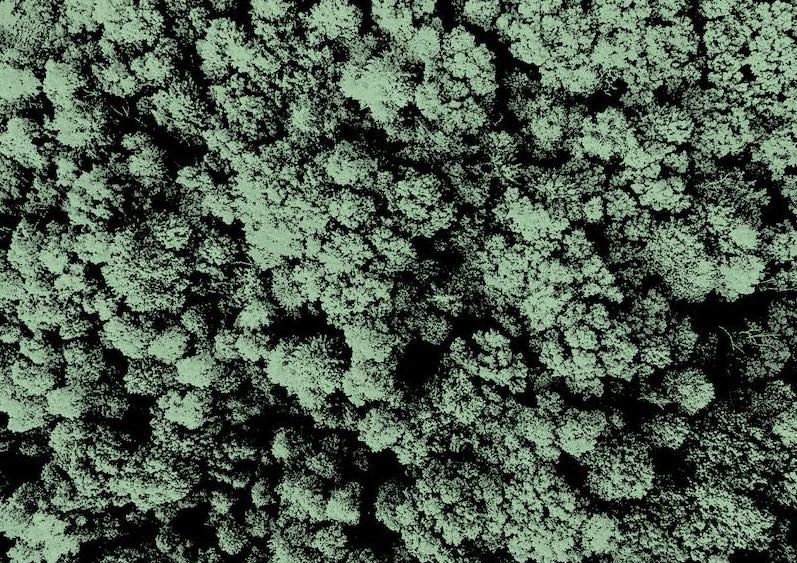What is it about?
This study presents an image processing procedure to identify two different classes and types of fruits. The proposed method recognizes fruits by extracting two features (color and shape) based upon the training dataset analysis. In this study, an image processing method has been done using Canny Edge Detection (CED) algorithm to identify and sort the fruits. In addition to that modified Canny Edge Detection (MCED) algorithm is proposed to develop a fruit recognition method using color and shape of the fruits. In this work, only two different types of fruits (i.e. apples and oranges) are chosen for the experiment. At the end of this study, a comparative study has been shown to evaluate the performance of CED algorithm and MCED algorithm based on the training dataset.
Featured Image

Photo by Powell Rasull on Unsplash
Why is it important?
We present a modified Canny Edge Detection (MCED) algorithm that enhances fruit detection and classification by integrating both color and shape-based features. This is important in the growing field of precision agriculture and automated food processing, where accurate and real-time object recognition systems can optimize sorting and quality control operations. Two significant contributions of this work are: a) the improvement of the traditional Canny Edge Detection algorithm to better capture object boundaries in conjunction with color cues—thereby enhancing the classification accuracy for visually similar fruits like apples and oranges, and b) the demonstration of a lightweight, interpretable image processing pipeline that balances performance and computational efficiency, making it suitable for low-power embedded systems. These findings contribute to ongoing efforts in smart farming and robotic automation, where cost-effective and accurate fruit recognition systems are in high demand.
Perspectives
I hope this article helps people see how even simple image processing algorithms, when thoughtfully adapted, can lead to impactful real-world applications. Fruit classification might seem like a niche or even mundane task, but it's a foundational problem in agricultural automation—an area that holds great promise for global food supply chains. My goal with this work was to build a method that is not only effective, but also practical for real deployment in environments where computational resources are limited. More than anything, I hope this sparks curiosity about how small algorithmic improvements can lead to meaningful technological advances in fields that touch our everyday lives—like farming, food distribution, and environmental monitoring.
Md Khurram Monir Rabby
Read the Original
This page is a summary of: A Modified Canny Edge Detection Algorithm for Fruit Detection & Classification, December 2018, Institute of Electrical & Electronics Engineers (IEEE),
DOI: 10.1109/icece.2018.8636811.
You can read the full text:
Contributors
The following have contributed to this page







